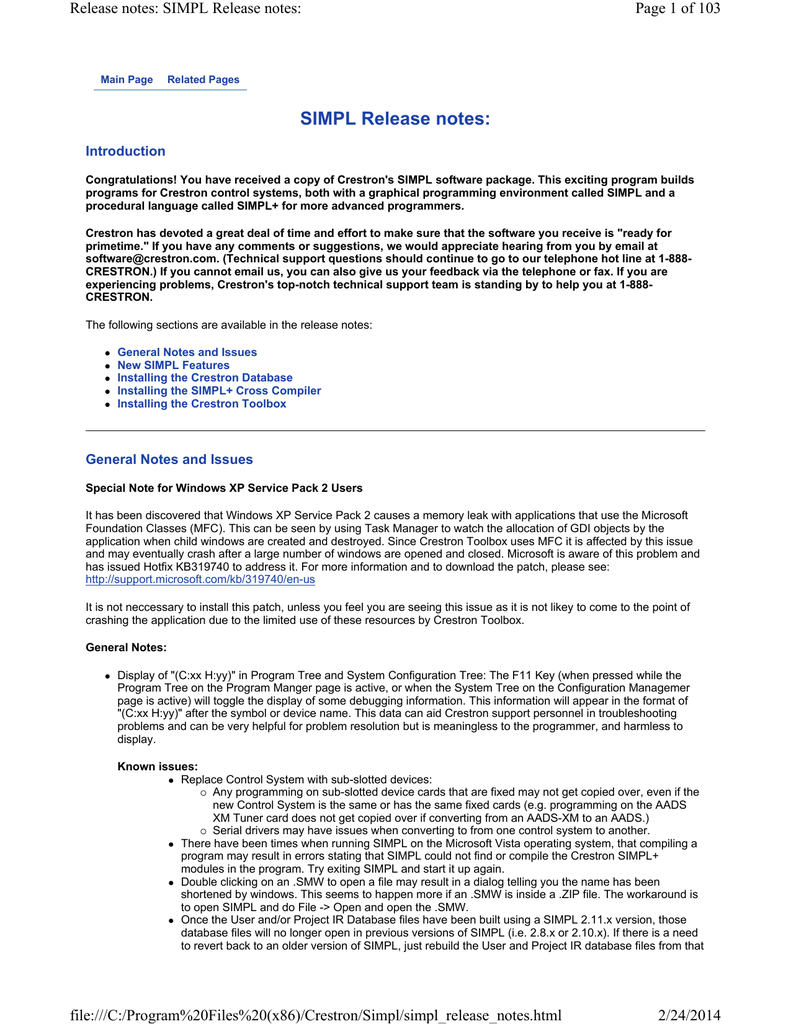

On the other hand, serial control although available, is a mess. If you plan on using this tuner with IR control through a distributed video systems, it’s a real winner. It would also be nice to have a rear IR input. There are a couple glaring omissions, no discrete commands for Preset Mode and Direct Channel Mode. I have also found that the unit responds to the channel up/down commands from the Delphi tuner. The following is a list of supported IR commands from the Polk install guide.

In my system, I'm using the 12volt trigger from my B&K receiver to control power. It has no problem excepting commands in rapid succession and favorite macros were incredibly reliable. I tried IR control with both RTI and Home Theater Master remotes, both with great results. Polk quickly realized their mistake and had a firmware update on their website to fix this issue. The first units used RC5 codes with a toggle bit, just like the Delphi tuners, making them very difficult for most learning remotes. I’ll start with the good, discrete IR for power and a 12 trigger giving integrators two ways to assure that the unit is on. That said, there's some good and bad with the control side of this product. For that they get some well deserved dap. I want to applaud Polk for taking control into consideration most companies never even consider the needs of integrators. One of the coolest things about the XRT12 is the on screen display the unit features a composite video out that allows the user to browse channels and get feedback of current channel, artist, and song right on their TV. Considering the compressed nature of XM, sound quality is very good, it's not going to satisfy hard core audiophiles but it is easily the best sounding XM radio I’ve heard.īeyond control, the biggest problem other XM tuners have is poor line level output voltage, this is not a problem with this tuner, there was no drop in volume level when switching between other sources in my system. I not going to spend a lot of time on sound quality as that is not the purpose of this review, but it includes Burr-Brown Digital-to-Analog Converters, it has both coax and optical digital as well as RCA analog outputs. It is 17" wide by 2.3" high by 10.5" deep and weights 5 pounds. Unlike most other XM tuners, the XRT12 is a designed to be a home stereo component.

It gave me the chance to evaluate it for my client’s, while listening to Pat and Ron give the play by play. Since moving from my native Illinois, I have missed listening to my Cubs, so when the XRT12 became available I picked one up for my home. This year when they added baseball, that was just icing on the cake. I’m a big time jazz fan and the state of local jazz radio is very grim in this part of the world, so as soon as I heard about XM, I knew it was for me.


 0 kommentar(er)
0 kommentar(er)
